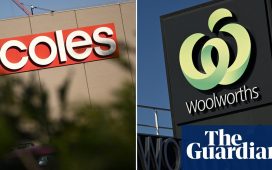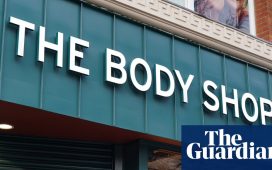Waitrose is once again planning to use the lure of free coffee to entice shoppers into its stores, even if they do not make a purchase.
In an effort to outflank arch-rival Marks & Spencer in the battle for the middle-class grocery shopper, the supermarket chain is bringing back free hot drinks for shoppers.
After outrage over the withdrawal of the offer during the pandemic, the company told the 9 million members on its My Waitrose loyalty scheme that they would again be entitled to a complimentary americano, cappuccino, latte or tea once a day regardless of whether they bought anything – as long as they have their own reusable cup.
In a statement, Waitrose said: “Some of our My Waitrose members like to have the free coffee before they shop or during the shop, rather than afterwards, so we are just offering a bit of flexibility in response to customer feedback.”
There were queues at coffee stations and complaints from customers that the offer was attracting the “wrong type of shopper” when Waitrose introduced the perk in 2013.
It cracked down on freeloaders by forcing members to buy something before pouring themselves a free hot drink in 2017. The scheme was scrapped during the Covid crisis, but reintroduced in November 2022 – again for customers making a purchases.
The Waitrose free coffee offer has garnered criticism and praise over the past 11 years. In 2014, the then shadow communities minister, Andy Sawford, said it could “further destroy the British high street” and take business away from small coffee shops; but the then prime minister, David Cameron, said he did not know what “people were complaining about”.
The move is seen as a power grab by the retailer – which has more than 400 stores across the UK – after it lost ground to M&S. Waitrose has been overtaken by M&S for the first time outside Christmas trading, according to the latest market share data from Kantar.
after newsletter promotion
In the last four weeks to 3 November, M&S increased its market share to 4.03% of the grocery market, compared with 3.76% a year earlier. Waitrose’s share fell from 4.02% to 3.91%. It also enjoyed the biggest jump in sales among all the big supermarket groups during the period.









